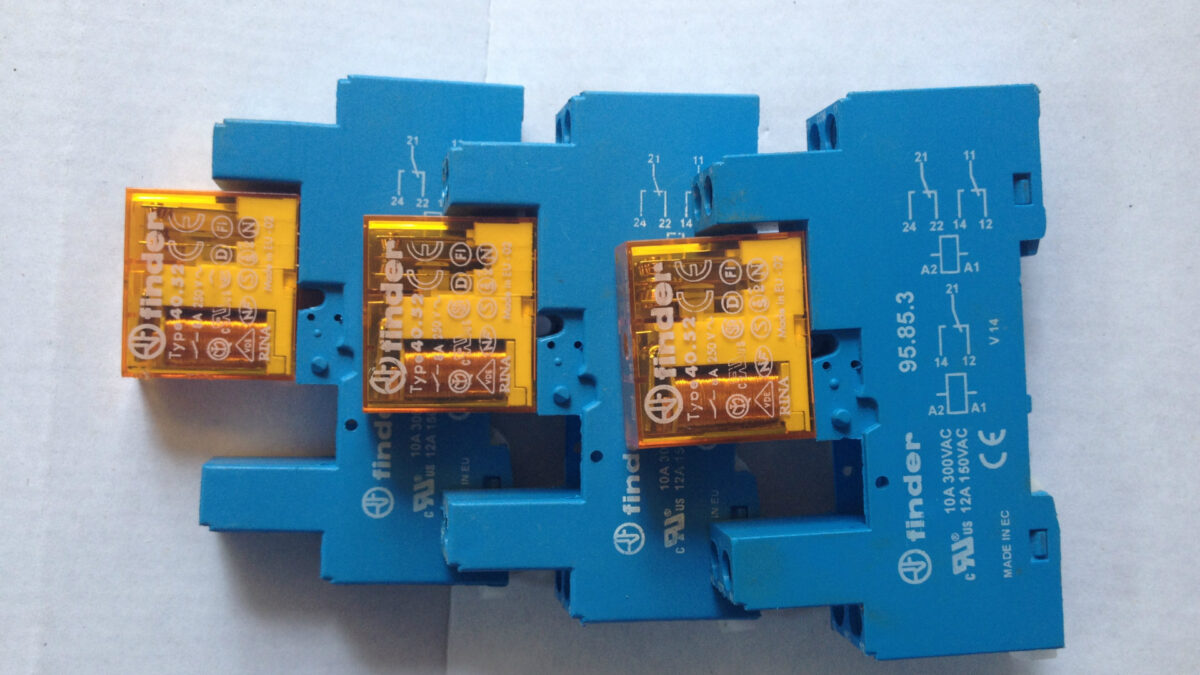Characteristics of NTC thermistor
NTC (Negative Temperature Coeff1Cient) refers to the thermistor phenomenon and material whose resistance decreases exponentially as the temperature rises and has a negative temperature coefficient. The material is a semiconductor ceramic made of two or more metal oxides such as manganese, copper, silicon, cobalt, iron, nickel, zinc, etc., which are fully mixed, molded, and sintered, and can be made into a negative temperature coefficient (NTC) thermistor. The resistivity and material constants vary with the material composition ratio, sintering atmosphere, sintering temperature and structural state. Now there are non-oxide NTC thermistor materials represented by silicon carbide, tin selenide, tantalum nitride, etc.
NTC thermal semiconducting ceramics are mostly oxide ceramics with a spinel structure or other structures, which have a negative temperature coefficient, and the resistance value can be approximately expressed as:
where RT and RT0 are the resistance values at temperature T and T0 respectively, and Bn is the material constant. The resistivity of the ceramic grain itself changes due to temperature changes, which is determined by the characteristics of the semiconductor.
The development of NTC thermistor has gone through a long stage. In 1834, scientists discovered for the first time that silver sulfide has a negative temperature coefficient. In 1930, scientists discovered that cuprous oxide-copper oxide also has the performance of a negative temperature coefficient, and successfully used it in the temperature compensation circuit of aeronautical instruments. Subsequently, due to the continuous development of transistor technology, the thermistor research has made significant progress. N1C thermistor was developed in 1960. NTC thermistor is widely used in temperature measurement, temperature control, temperature compensation, etc.
Thermistor thermometer’s accuracy can reach 0.1℃, and the temperature sensing time can be as short as 10s or less. It is not only suitable for granary thermometers, but also for temperature measurement in food storage, medicine and health, scientific farming, oceans, deep wells, high altitudes, and glaciers.
Popular ic chip you may need:
G80N60UFD
HA12002
PC123
MC68882RC50A


